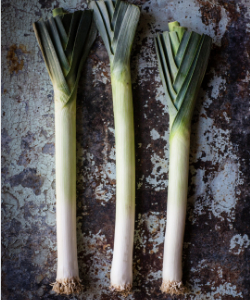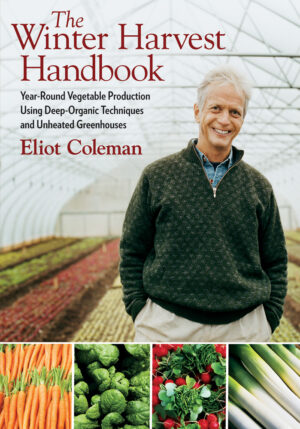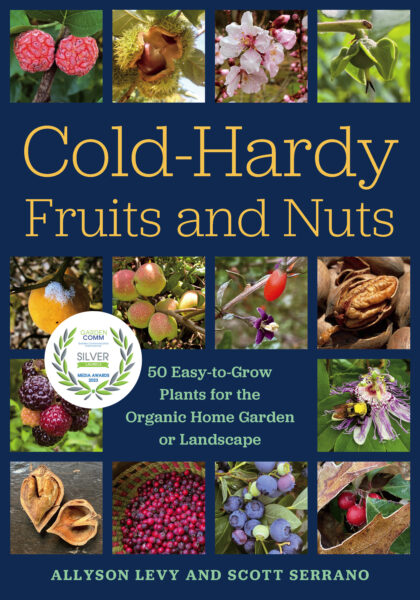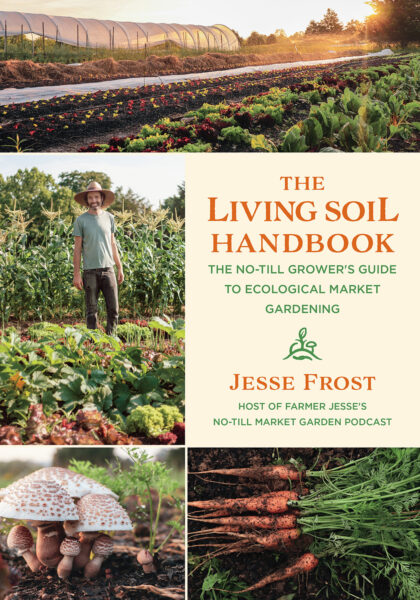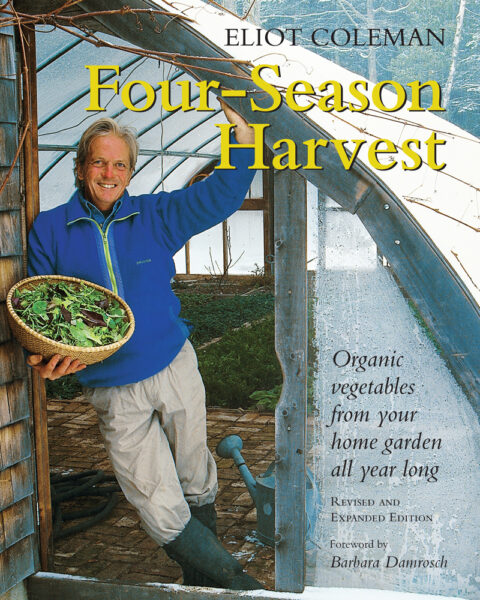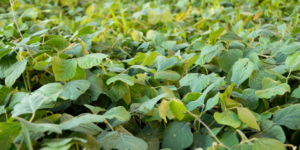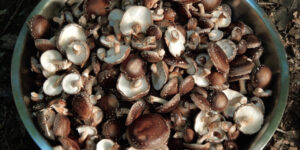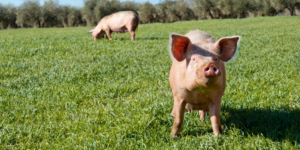Leeks: The Ultimate Winter Crop
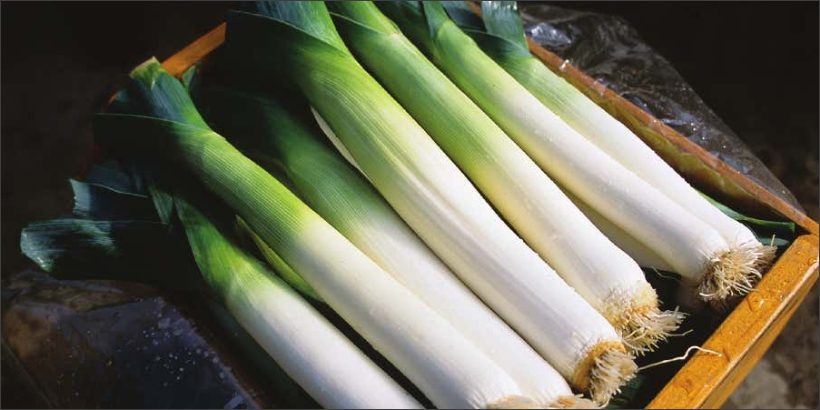
Looking for a veggie to grow and harvest through winter? Try leeks!
With some careful planning, a bit of elbow grease, and some insight from Eliot Coleman, you’ll enjoy leeks from your garden all year long.
The following is an excerpt fromThe Winter Harvest Handbook by Eliot Coleman. It has been adapted for the web.
What Are Leeks?
Leeks are almost a year-round crop for us and would be all-year if the winter leeks did not sell out so quickly.
We get our first crop in May from transplanting extra early seedlings to a cold house. (Seeds are sown February 15 in our plant-starting greenhouse.) Then we sell outdoor-grown summer leeks through September and the fall leeks through November.
Leeks In Every Season
Winter leeks are available from early December until we are sold out, usually in early March. We use a different leek variety for each season.
The summer and fall leeks are harvested directly from the field with the additional protection of a sheet of plastic over the last of the fall leeks during the second half of November.
We protect the winter leeks with a movable greenhouse starting in early December. We add an inner layer from mid-December on until all the leeks are sold.
Cooking & Eating Leeks
The edible part of a leek is the white blanched stem. The more length a blanched leek stem has, the better the product.
Blanching can be accomplished by hilling soil up against the stems of the leeks. However, in our experience, the key to growing leeks efficiently and intensively is to grow your own transplants and dibble them into deep planting holes.
By dibbling in the transplants rather than having to hill-up soil as the leeks grow, we are able to plant them more intensively—as closely as three rows on a 30-inch bed with the leeks 4 inches apart in the row.
Growing Leek Transplants
Unlike many of our other crops, we don’t grow our leek transplants in soil blocks.
Instead, we grow them on the floor in our plant-starting greenhouse in 30-inch-wide-by-8-foot-long-by-3- inch-deep seedbeds with wooden sides filled with potting soil.
We sow leek seeds directly into these beds using the six-row seeder. We allow the seedlings to grow in these beds until they are at least 10 inches tall.
We dig them out of the seedbed by loosening the potting soil under them with a trowel.
To prepare the young plants for transplanting, we trim their roots to 1 inch long and trim the top part to 10 inches long.
The Dibble Method
Our dibble is a 36-inch-long, 1-inch-diameter dowel with the end tapered to a spatulate tip.
We sometimes attach a shovel handle to the upper end of the dowel and add a 6-inch-diameter plate 9 inches above the tip.
In use, we push it into the soil to the full 9-inch depth and then twist the handle so the spatulate tip flattens out the bottom of a 9-inch-deep tubular hole.
Make Sure the Soil is Moist
This is more successful if the soil is moist, as dry soil will tend to collapse back into the hole when the dibble is removed. Thus, we water the surface before transplanting when conditions are dry.
We make a hole every four inches along the row and simply drop a leek transplant vertically into each hole.
Starting Leek Plants
Once the seedlings are in the holes, only an inch or so of green top sticks up above the soil. Then we irrigate the field and let the leeks grow.
We don’t intentionally refill the holes, but soil slowly migrates in every time we irrigate or cultivate.
The leek plants grow beautifully, each with a guaranteed nine inches of blanched shank. If you have never grown leeks this way before you may find it hard to believe that it will work—but it does.
Baby Leeks
Our restaurant customers love early baby leeks. These we grow in a cold greenhouse at five rows to a 30-inch bed, setting them 3 inches apart in the row.
At that spacing they can be cultivated with the long-handled wire weeder. Once when we had no other space, we planted single rows of leeks between the edge bed and the wall of the greenhouse.
The dibble-and-drop method is the only way we could have done that.
Recommended Reads
Recent Articles
Many know the effects of catnip on our feline friends, but few realize that catnip has medicinal effects for humans. From stomach aches to reducing fevers, catnip is a versatile herb with many benefits. The next time you grow this plant for your cat you may end up taking a few cuttings for yourself! The…
Read MoreIt’s time to take control of your seeds and become a plant breeder! Saving your seed allows you to grow and best traditional & regional varieties, and develop more of your own. The following excerpt is from Breed Your Own Vegetable Varieties by Carol Deppe. It has been adapted for the web. Becoming A Plant…
Read MoreTrying to figure out how to manage weeds in your garden beds? Use cover crops and living mulches for weed suppression while your garden flourishes! The following is an excerpt from The Ecological Farm by Helen Atthowe. It has been adapted for the web. Suppressing Weeds With Cover Crops: Getting Started Cover crops suppress weeds…
Read MoreInterested in becoming a mushroom farmer? Shiitake mushrooms are one of the easiest and most profitable places to start. The following is an excerpt from Farming the Woods by Steve Gabriel and Ken Mudge. It has been adapted for the web. (Photographs courtesy of Steve Gabriel and Ken Mudge unless otherwise noted.) The Stunning Shiitake…
Read MoreOne of the most essential parts of raising livestock is feeding your animals the right foods to keep them healthy and productive. Here are some tips for feeding animals on your farm to make it a bit easier! The following is an excerpt from Barefoot Biodynamics by Jeff Poppen. It has been adapted for the web.…
Read More

